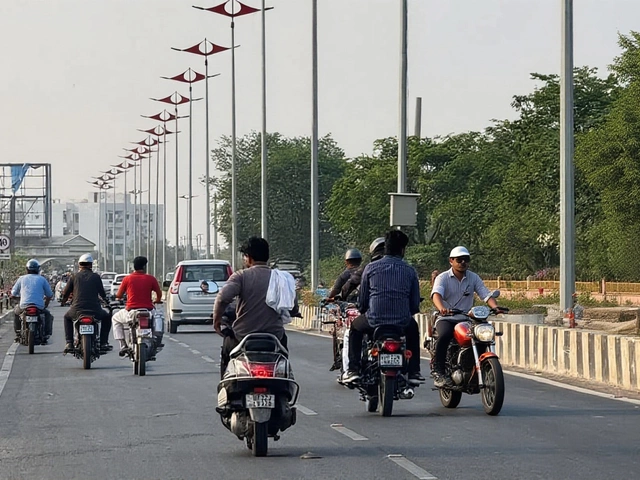Injury in the Indian Dairy Industry – What’s Happening and How to Stay Safe
Injuries on dairy farms are more common than most people think. Whether it’s a milker slipping on a wet floor, a worker getting hurt while handling heavy equipment, or an animal injuring its leg, each incident can cost time, money, and wellbeing. This page pulls together the most useful updates and tips so you can protect yourself, your staff, and your livestock.
Top dairy‑related injuries you need to watch for
1. Slips and falls – Milking parlors get wet fast. A simple mat or non‑slip coating can cut accidents dramatically.
2. Heavy lifting injuries – Moving milk cans, feed bags, or animal crates puts strain on backs and shoulders. Use a trolley or forklift whenever possible.
3. Machinery mishaps – Milking machines, pasteurizers, and tank cleaners have moving parts. Always lock out equipment before cleaning or maintenance.
4. Animal‑related injuries – Cows can kick or step on a foot. Keep a safe distance, use proper restraining devices, and train staff on animal behavior.
5. Chemical exposure – Cleaning agents and disinfectants can cause skin burns or respiratory problems. Wear gloves, goggles, and masks as needed.
Practical steps to reduce injury risk
Start with a quick safety audit. Walk the farm, note any wet spots, uneven flooring, or cluttered walkways. Fix these first – they’re cheap fixes that pay off fast.
Next, create a simple checklist for daily tasks. Include items like “dry floor before milking starts” or “inspect equipment for loose bolts.” A five‑minute review each shift keeps everyone on the same page.
Invest in basic protective gear. A sturdy pair of non‑slip shoes, a back‑support belt, and a set of gloves cost next to nothing compared with a lost worker day.
Training matters more than any tool. Run short, hands‑on sessions on how to lift safely, how to operate a milking robot, and how to approach a nervous animal. Keep the sessions interactive – let workers practice, ask questions, and give feedback.
Finally, track every incident, no matter how small. A simple spreadsheet with date, cause, and corrective action helps you spot patterns and prevents repeat accidents.
Staying on top of injury news in the dairy sector also helps. Recent reports highlight a rise in hand injuries during manual milking, prompting several state dairies to adopt inexpensive hand‑guards. Another study from Punjab shows that farms that installed anti‑slip flooring saw a 30% drop in falls within six months.
By following these steps and keeping an eye on industry updates, you can turn a risky environment into a safer, more productive one. Remember, safety isn’t a one‑time fix – it’s a habit that grows with every shift you run.
Arvind Chatterjee, Feb, 8 2023
What can I do about a hit and run that left me injured?
A hit and run is a serious crime that can leave a victim injured and traumatized. Victims of a hit and run should contact the police immediately to report the incident and provide as much information as possible. They should also seek medical attention and document any injuries suffered. Victims should also speak to witnesses who may have seen the incident, and contact their own insurance company to determine what coverage is available. Lastly, victims should consider legal action to seek compensation for their injuries and other damages.
View More




